Friday, 1. April 2022
It is normal for the body to react to infection with a build-up of mucus in the lungs, because mucus is a mechanism that helps quickly remove germs out of the system. However, it is hard to breathe if there is a build-up of mucus in the bronchial tubes and many people wonder what they can do if their lungs have a coating of thick mucus. We will show you exercises that help.
Certain respiratory physiotherapy exercises can mobilise mucus in the lungs so it can be gently and easily coughed up. Respiratory physiotherapist Marlies Ziegler explains how the exercises work: “The exercises have a positive impact on the mobility of the chest, the spine and ribs. These movements change how we breathe, so the mucus can be more easily shifted.”
All exercises should be combined with breathing exercises for the best possible results.
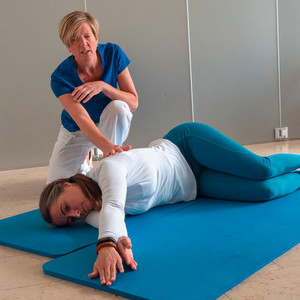
These exercises mobilise the cervical spine and ribs.
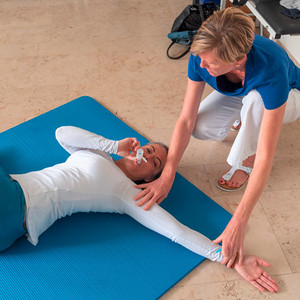
The “screw” movement causes a rotational movement in the spine. The chest muscles are stretched. The rotational movement in the spine and the stretching allow more air to flow into the expanded side of the chest where it can get behind the mucus.
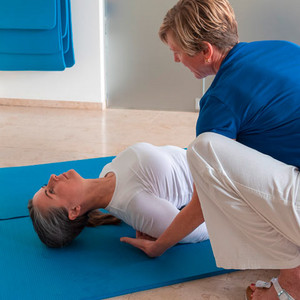
The fish is strenuous, because the strain on the muscles restricts your breathing. The diaphragm has to work against the resistance of the muscles in the torso. The exercise stretches the chest muscles, activates the muscles between the shoulder blades and makes it easier to breathe.
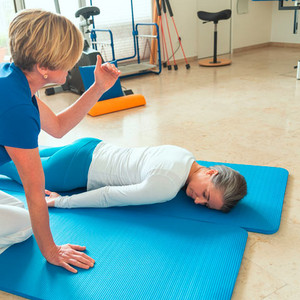
When doing the diaphragm bridge exercise, the tension in the muscles means that the organs are pushed towards the chest, and so the diaphragm has to work against the resistance. Focus on your breathing as you do the exercise. Afterwards, you will notice that it is easier to take deep breaths.
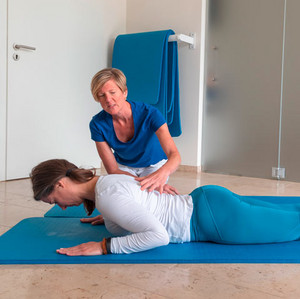
The “mini cobra” exercise stretches and opens the shoulder area, the chest, lungs and abdomen (diaphragm). By opening and expanding these areas, the mucus in the lungs can detach more easily from the bronchial walls and be coughed up.
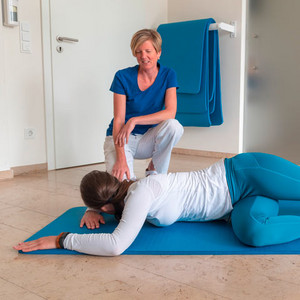
The Chest rotate and stretch position twists the entire upper body. The chest is generally opened and expanded.
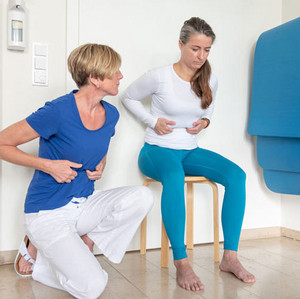
Abdominal breathing is easier after diaphragm grips and respiration movement is stronger. This “catch-up breath” is a reflex that ventilates the lung more efficiently. Air can flow into the various areas behind the mucus, which is then easier to shift.
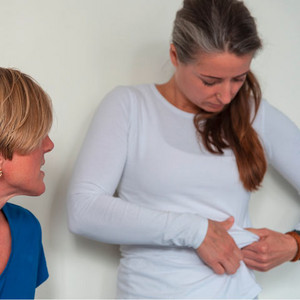
Pinching can release resistance in the tissue. The tissue structure loosens and you then breathe deeper.
Would you like more tips and information about shifting mucus and pulmonary health? Then have a look at our articles.
An article written by the PARI BLOG editorial team.
© 2024 PARI GmbH Spezialisten für effektive Inhalation